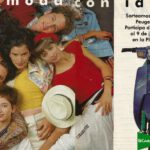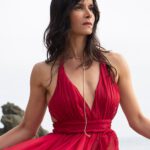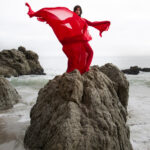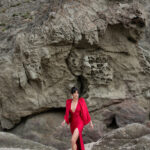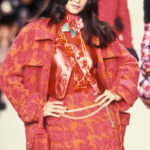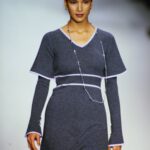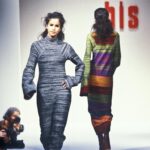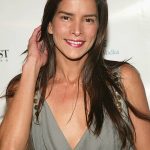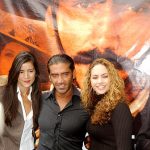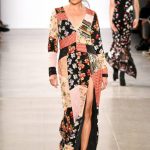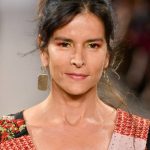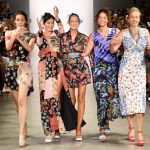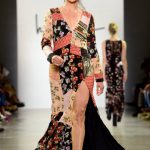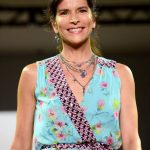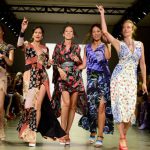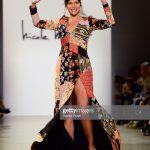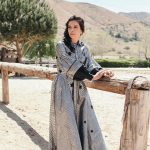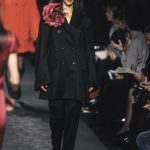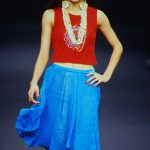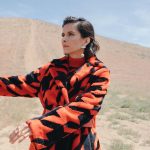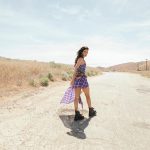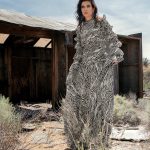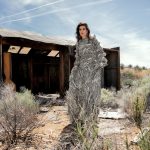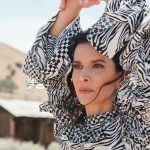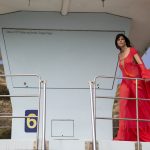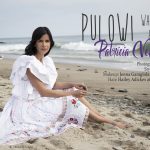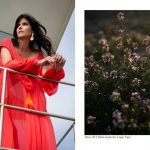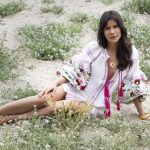Are most of the Wayuu Christian now, or do they hold onto their original believes?
Wayuu people definitely hold their original beliefs. So much of the culture and knowledge has been passed down through oral stories. There are some Wayuu Christians and Evangelicals, but definitely at the core, it doesn’t matter what religion they practice, most Wayuu people hold on to their original beliefs.
What made you decide to start The Wayuu Taya Foundation?
It was 2002 in NY, and my uncle was ill. He was one of the oldest of my mom’s 12 brothers and sisters — he was almost like her dad. My mom loved him dearly, and before he died, he said to my cousin, ‘do not forget about the Wayuu.’ It almost started as a way of gratitude to him, but in time, we understood why he said that. At that point, through UNICEF, we learned that one Wayuu child was dying every day. It was the second poorest community in Latin America. Since both of my parents are educators, I thought – what if we started with a little pre-school because most of the kids that were dying were between 0-6 years old, so that would guarantee that at least the kids would get two meals a day. So that was where the sparkle of the Wayuu Taya Foundation started. Now we help care for thousands of children in different schools around the Wayuu area.
What exactly does the The Wayuu Taya Foundation do?
As you might be aware, we are living in a very difficult situation in Venezuela, the biggest humanitarian crisis in the continent throughout history. Close to four million people have left the country in the past few years. The Wayuu Village is on the border, which presents many challenges. Because thousands of people are crossing the border on foot, looking for more opportunities in Colombia, due to the lack of medicine and food in Venezuela. This has made us change our goals. In the past, we had the Roof Project, where we had a school, and the kids would come, and they received two meals a day. We had music programs, sports programs, entrepreneurship programs, and technology programs in very underprivileged areas. Now that we are dealing with a humanitarian emergency, we are just trying to feed the children and helping some of the families. We’re bringing health drives, which assess the children, bring nourishment to them, and we’re really trying to help as we go. Gasoline is in extremely limited supply in the country; therefore, it is sometimes difficult to get to some of the communities. Right now, the work of the foundation has shifted its focus to humanitarian work, due to emergency.












